Flux Federation | 17 November 2020
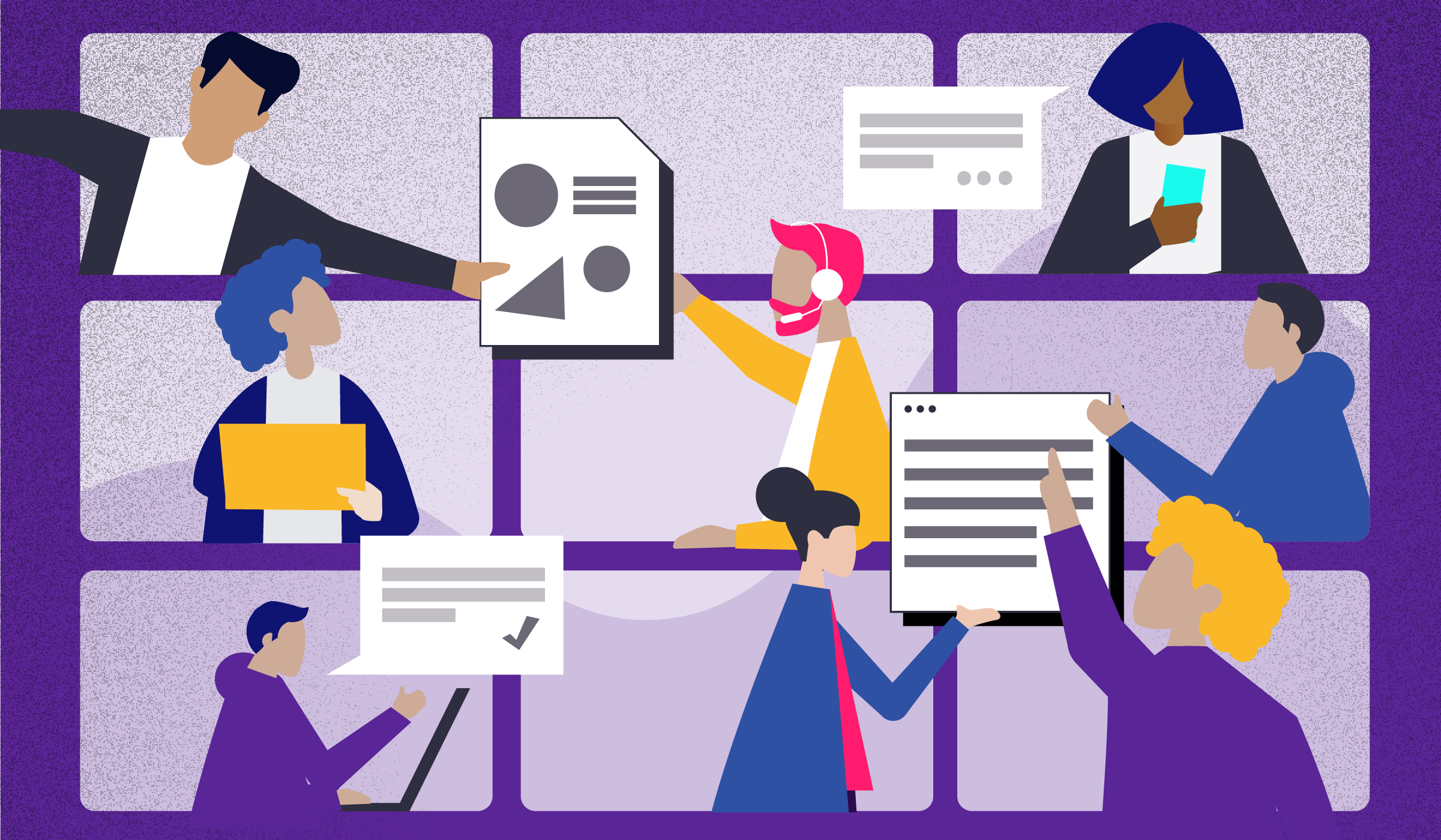

Becoming a remote-first company has been part of our game plan for a while. We’re a global SaaS company based in a small island nation at the bottom of the world and we knew being remote-first would be a smart, strategic way to access a wider talent pool. However, we certainly didn't expect that it would happen so quickly - or that it would be so seamless.
Flux pivoted to remote-first working on March 18, a week before New Zealand moved into Level 4 lockdown. Most of our team were fully remote by March 20.
Now, nearly eight months later, we’ve adapted quickly. Remote-first working is our new normal. It’s brought so many benefits to our business and our people. We’ve proved that we don’t necessarily have to work out of central offices in Auckland or Wellington to achieve our ambitious goals. In a world turned upside down by Covid-19, we are continuing to forge ahead. Our people have more autonomy and time, our collective carbon footprint has shrunk massively and we’re saving money, all while continuing to perform for our clients in three energy markets. Here’s how we’ve done it so far.
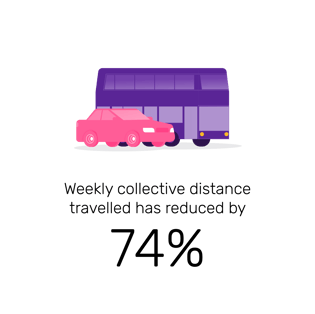 |
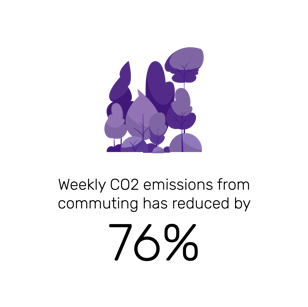 |
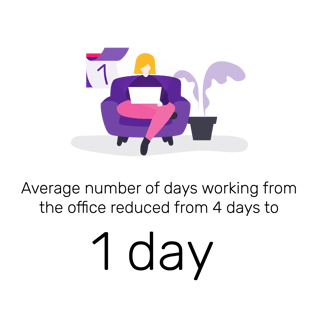 |
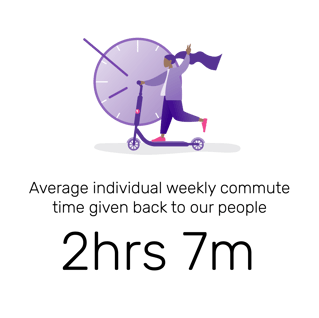 |
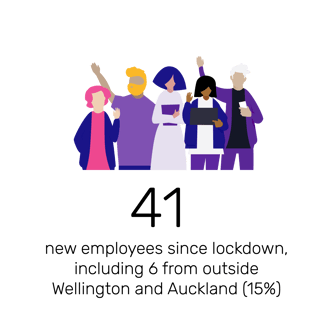 |
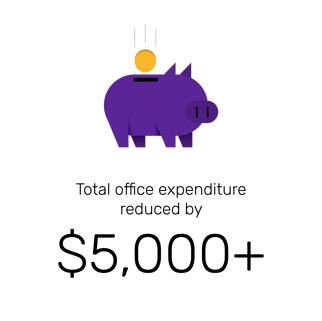 |
We didn’t have any real roadmap when we set out to change the way we worked - but we knew we couldn’t leave things to chance either. Figuring out where we wanted to get to was the first step.
Our goal is to be a truly remote-first company. That means we strive for total inclusivity and equality regardless of where, when, or how we work. Our aim is that everyone has equal access to the information they need to do a great job. Most importantly, we recognise that we need to invest time and energy into connecting and having fun together, whether we’re all in the same place or not.
While there’s nothing quite like a Government-imposed Covid-19 lockdown to speed up your remote-first plans, talking to our people was key to understanding how we could support each other to work productively from diverse locations.
We identified several key remote-first principles to guide how we do things:
While we’re lucky to work in an industry built for remote-working, we quickly learned that it wasn’t just as simple as taking our laptops home. Everyone’s home situation is different and some of our people needed extra help to settle into a new way of working.
We quickly learned that it’s critical to stay connected to our people and monitor their performance. Since April, we’ve been using 15Five, an online performance and feedback tool, to help us have regular, online conversations about our achievements, challenges and priorities right across the business. This makes it easy to keep an eye on changes in individual/team responses, and promptly address any concerns.
We’ve also increased our focus on asynchronous communication - ensuring all our people have access to the same information, no matter how or when they may receive it. We record presentations and All Hands sessions, so people can watch them at a time that suits. We make sure we document our decision-making processes, so no one misses out. Our Remote Working Playbook helps answer questions about how we manage the day-to-day business and keep moving forward.
One of the biggest challenges is figuring out how we build face-to-face time into our remote work lives. We’ve recognised that we need to be deliberate about real-life engagement beyond catching up occasionally in our Auckland and Wellington hubs. In November 2020 we’re all gathering in Taupō, in the central north island of New Zealand, to spend some time together reflecting on the successes of this past year and plotting our course for 2021. Because while working from home has lots of benefits, nothing beats all being in the tent together when it comes to getting to know each other and building connections.
While we continue to maintain office hubs in Auckland and Wellington, most of our people have fully embraced the opportunity to work from anywhere. Since we moved to remote-first working, we’ve onboarded 41 new people. Six of this cohort (15%) live outside Auckland or Wellington, in locations as diverse as Tauranga, Te Awamutu, Nelson and Palmerston North. Two of our longer-serving people have also taken the opportunity to move to regional centres of New Zealand.
For now, the global environment means we’re concentrating on growing our New Zealand-based team. In the longer term, we’re excited about the opportunity to include overseas countries in our remote-working locations.
The flexible nature of remote-first working means our people use our Auckland and Wellington office hubs in different ways. A survey we conducted in October revealed that the average weekly time spent in the office has dropped from four days a week to one. Our people now use our hubs as collaborative spaces, where they can connect in person with their team. As a result, we’re switching it up and moving to a new, significantly smaller Wellington office space in early 2021. Our new space will better serve our people’s needs.
Going remote-first has helped us have a hugely positive impact on our carbon footprint. In-house research has shown that we’ve slashed our weekly commuter CO2 emissions by 76% (731.8kg). We’ve eliminated unnecessary flights between Flux offices and reduced the weekly collective distance travelled by 74% (9,268.8km).
Spending less time in the office means we’re consuming differently. During New Zealand’s initial five-week Level 4 lockdown, we diverted our office housekeeping spend to charity as a way to do our bit for the community. Moving to a smaller Wellington hub will also mean further cost savings.
We’re also saving time, the most precious resource of them all. Working from home means our people save an average of just over two hours each every week that they can spend how they choose.
We’re not going to claim that we’re doing everything perfectly - a successful transition to being fully remote-first takes time and willingness to change. In our experience, it’s totally worth it.
If you’re thinking about making the switch, here’s what’s good to think about upfront:

Sign up for the latest updates in technology, changes, regulations, and new energy products from Flux.